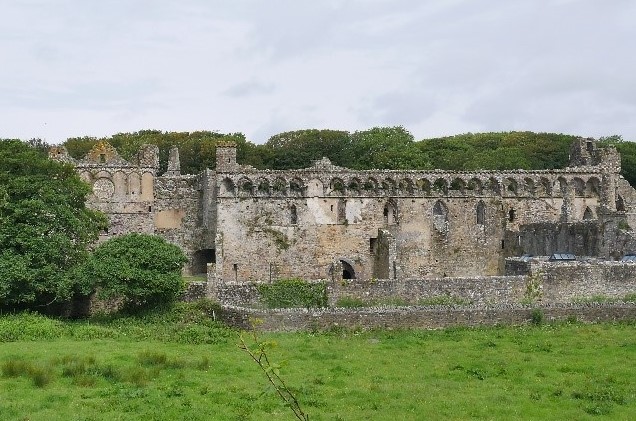St Davids Bishop's Palace
Chapter 1: Creation
Whatever St David may have thought about holy poverty, mediaeval bishops took a rather more relaxed view, and lived like the other great nobles, in sumptuous palaces. Whilst there are references to the pre-Norman and early Norman bishops’ halls, their locations are unknown. The oldest part of the vast ruin visible today dates to no earlier than the late 1100s.
When Henry de Gower acceded to the bishopric in 1327, there was no palace worthy of the name. Gower was a talented and ambitious man. Probably from the Gower Peninsula, in South Wales, he was a graduate of Merton College, Oxford, and had doctorates in both civil and canon law. He was Chancellor of Oxford university from 1322 to 1325, and served King Edward III. He was first a canon of St David’s, then archdeacon, and finally bishop.
Gower was a keen builder – as well as founding a hospital at Swansea (traces of which are still extant in the Cross Keys Inn), the records of his episcopate show that he identified a series of bishops’ residences no longer fit for purpose, which were to be demolished, and seven, of which St David’s was the chief, which were to be rebuilt or comprehensively renovated.

